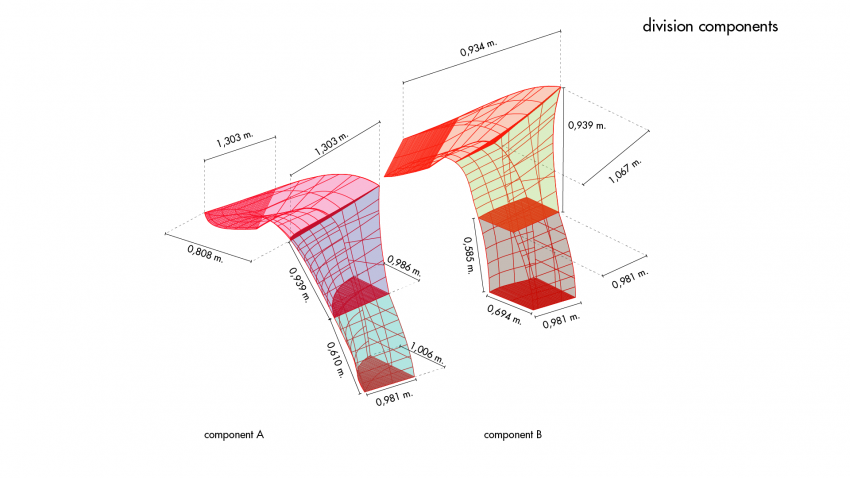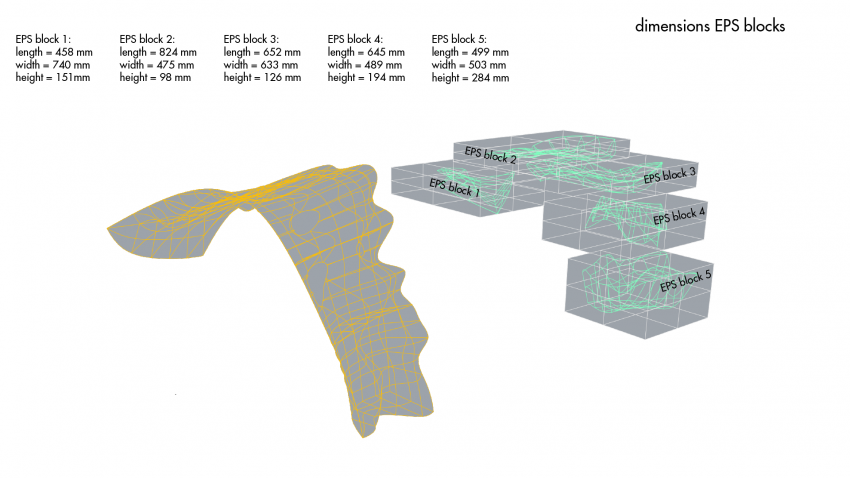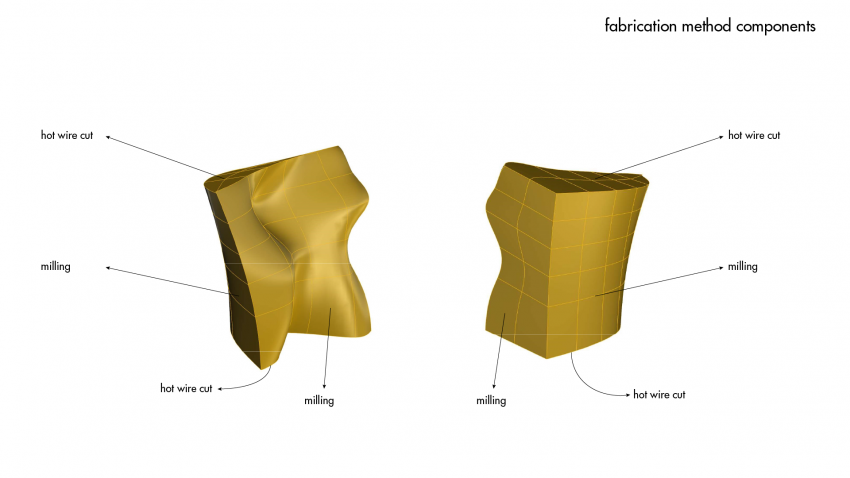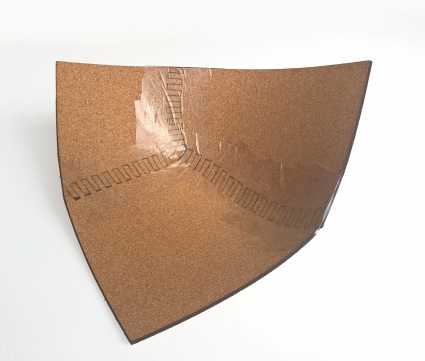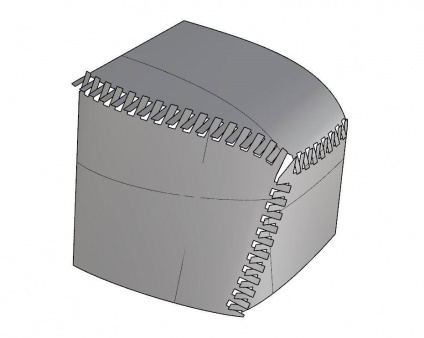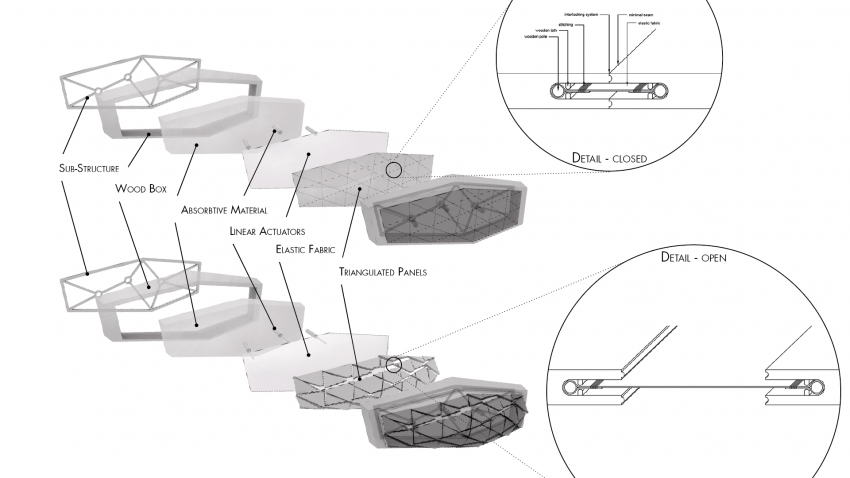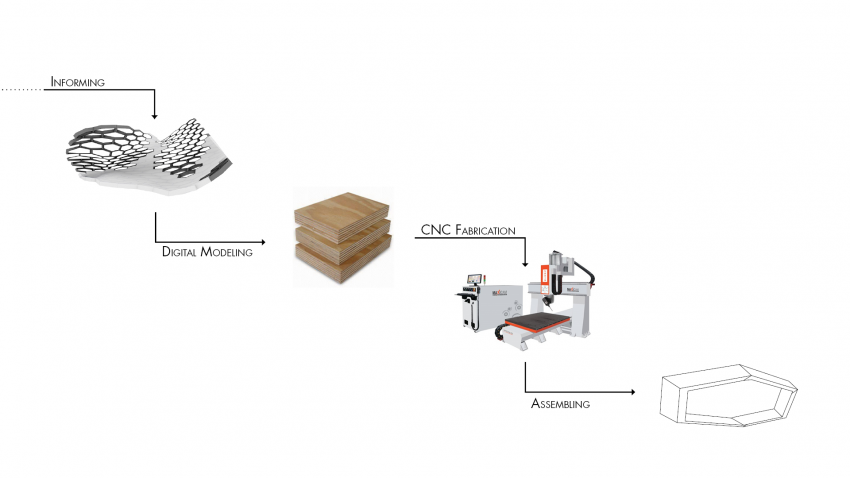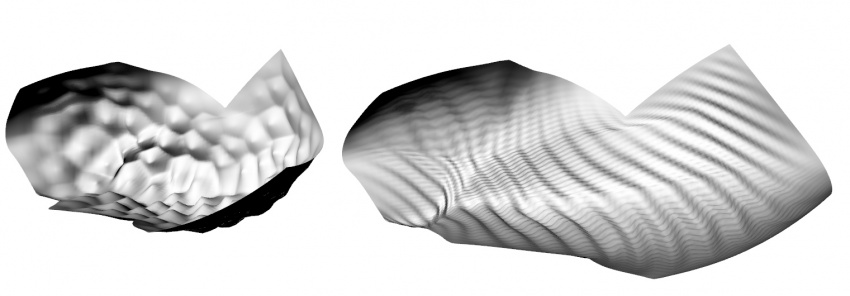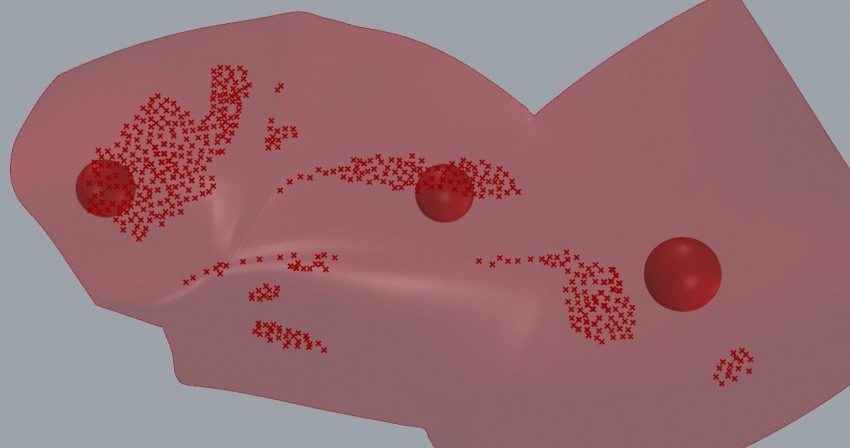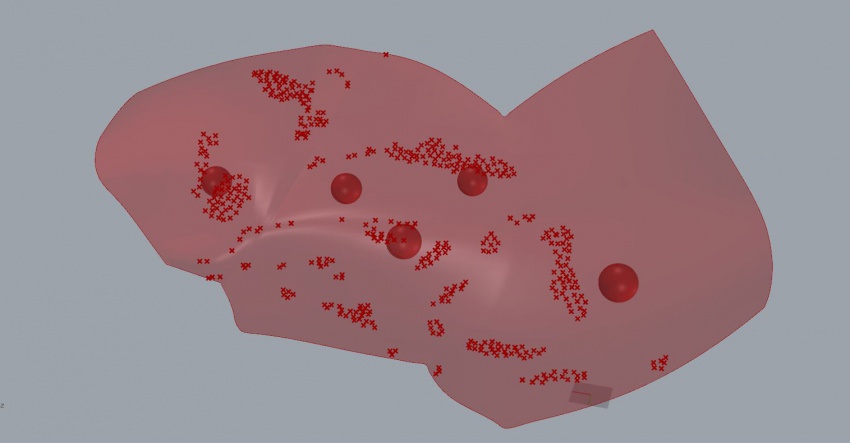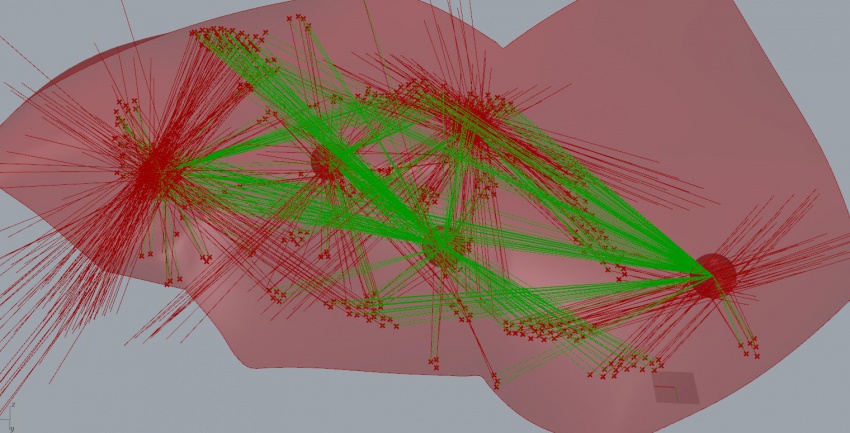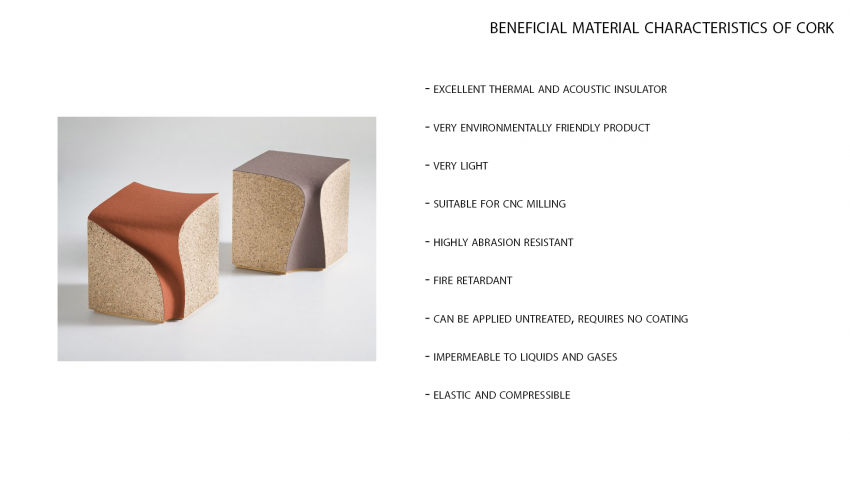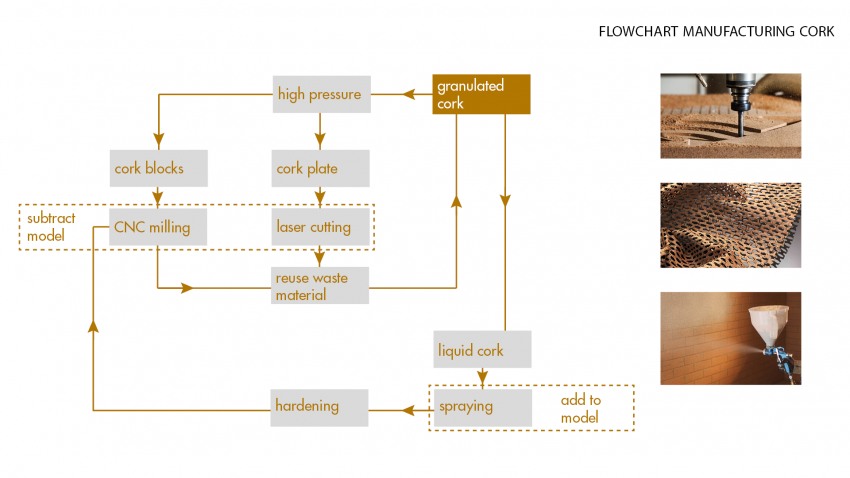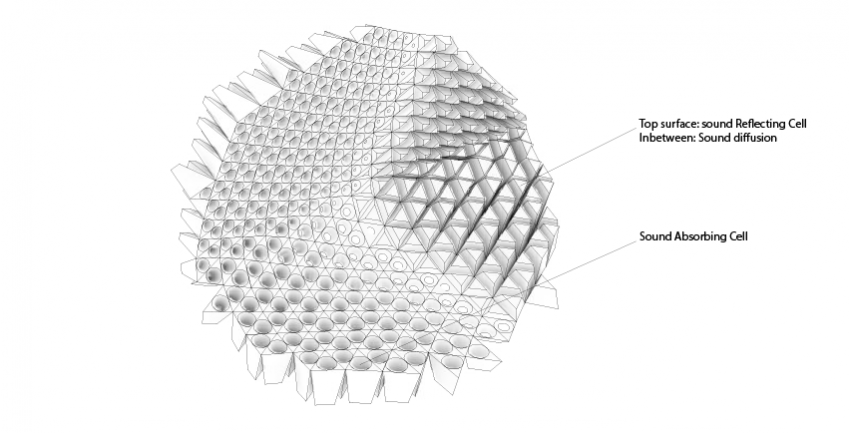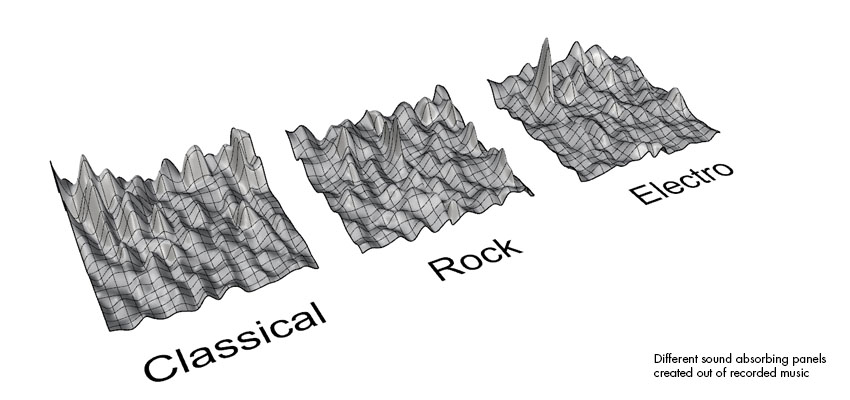Msc2G3:Group
Picture of all the scales here.
Concept
This part of the stage will focus on acoustics. To host a better exchange of knowledge and ideas, the connection between the audience and speakers should be as fluent as possible. Acoustic analysis, of both the shape and surrounding, informs the model which results in an optimized shape for the acoustic conditions.
To improve the acoustic quality during the symposium this part of the stage will absorb, diffuse or reflect soundwaves. The inside shell focused and optimized for to establish a direct connection between the whole audience and the speaker.

Analysis
Macro
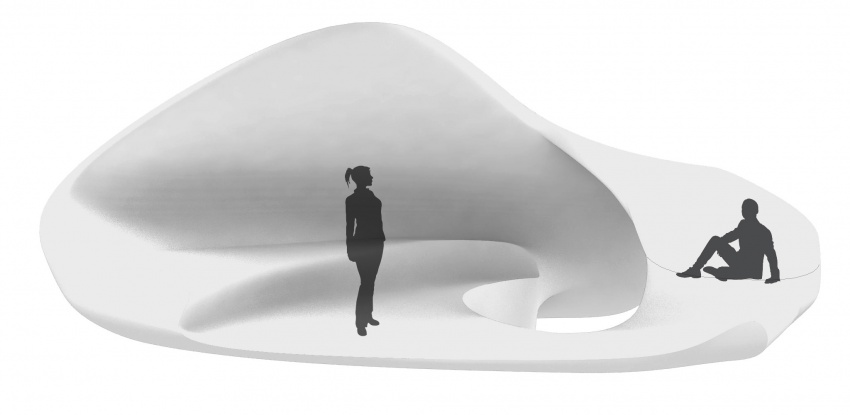 The macro shape of the shell is based on various inputs. First there is a main design, that exists of a corridor and the notion of a shell like structure. This shape is affected by the landscape that is formed, based on ergonomic sections. Then the shape is optimized for the reflection of sound from and towards the audience. Both the horizontal and vertical sections are tweaked to allow the geometry to work as a single sound amplifying shell. The floor, seating and ceiling are a continuous shell that works as one.
The macro shape of the shell is based on various inputs. First there is a main design, that exists of a corridor and the notion of a shell like structure. This shape is affected by the landscape that is formed, based on ergonomic sections. Then the shape is optimized for the reflection of sound from and towards the audience. Both the horizontal and vertical sections are tweaked to allow the geometry to work as a single sound amplifying shell. The floor, seating and ceiling are a continuous shell that works as one.
The shell is optimized for a evenly spreaded sound reflection towards the audience. This way the first 15ms of the hull of the speaker's voice are received more clear by the audience.

Meso
The construction consists out of a cork shell on the inside that is broken up by the eps construction where possible to generate larger surface for sound absorption. This basically means the front and back side have a different appearance by the same cork system.
Micro
The inner shell is made out of cork. If the thickness and density of the cork is right the material is able to bend as a single curved material. By making fingerjoints and flattening these a geometry is able to approach a double curved surface.
Prototype of transition from single curved elements to double curved surface.
Old
Acoustic components - Sound reflectors: Reflect sound waves in such a way that the angle at which the wave approaches the surface equals the angle at which the wave leaves the surface. By sound source localization techniques we aim to direct the soundwaves to a specific focus point. - Sound absorbers: These components are taking in sound energy when sound waves are encountered. Depending on the absorption coefficient and the depth of the material these components can absorb specific frequencies derived from background noises in the Orange hall. - Speakers: An embedded speaker in a component converts an electrical audio signal, derived from the lecturer into the corresponding sound. Other components - Structural components: These components provide the integral support structure of the stage. - Components with embedded sensors: these components are provided with integrated sensors. These sensors will not only gather acoustic data for our part of the stage, but will also collect information for the other groups. - Projector & display components: The integrated projector will project data onto the surface of another component of the stage. - the name and the topic of the lecturer - images/slideshows/videos that support the lecture - time table information during breaks - etc.
Construction
Below is shown the construction of the sound absorbing component. Embedded sensors in other components will collect and send data to these sound absorbing components. To optimize the acoustic qualities this data will be converted in a specific configuration of the tessellated surface of the sound absorbing components. Actuators connected to a frame in the back of the component will be activated in order to move the panels. This creates space in between the panels. Soundwaves will enter these gabs and be caught by the absorbing material integrated in the component.
Manufacturing: From the analysis of the measurements’ results derive the design rules of the soundwaves, which are then incorporated into the design process through parametric modelling. Then our parametric files will be loaded into the CNC milling machine for production. Since our details require a slot into the side of the panels we will need a 5 axis milling machine. The series of steps needed to produce the unique components is highly automated and produces a part that closely matches the original CAD design. After tagging all the unique components they will all be ready for easy assembly. For assembling the components we thought of a smart interlocking system. A possible option could be that we create a topological surface of the components so you only have to stack them on each other. We could also think of a clicking system to interlock the components with additional elements. But of course we could also think of using nuts and bolts to keep the components together.
Prototype
The prototype shows a smaller cell of the complete cell structure. In this case the absorptive function was tried to work out in 1:1. Sonic waves from the surrounding will be reflected when the cell is closed. Due to opening the panel structure in front, seams increase and sonic waves will be absorbed through sound absorbing material in the cell. The in various sections divided front can be pushed and pulled by linear actuators. The panels are connected to an elastic fabric in a sandwich construction. The fabric allows the panelized structure to contract or expand and moves the parts back to its original place, when no force is applied. To get a fast result, the cell walls were 2D lasercut and the structure is actuated manually with six sticks on the back.
The picture shows the first prototype of a sound absorbing cell.
Optimization for sound scattering
Trying to optimize the structure for scattering sound instead of focussing it. Below are two other possible outcoming, based on different rules.
Optimization for reflection
Here one can see the optimal relfection in the shell. The calculated spots of the input geometry will not merge to another shape. Due to that behaviour, a sound-optimized reflective interior can be created.
Optimization for structure
Preparation D2RP Workshop
To optimize the acoustic quality of the stage, we want to use cork for our components. Next week we will experiment with this material by translating our parametric models in structural components by means of CNC milling of cork blocks and lasercutting of cork plates.
The flowchart shows the ways we could use and reuse cork for our protoypes.





